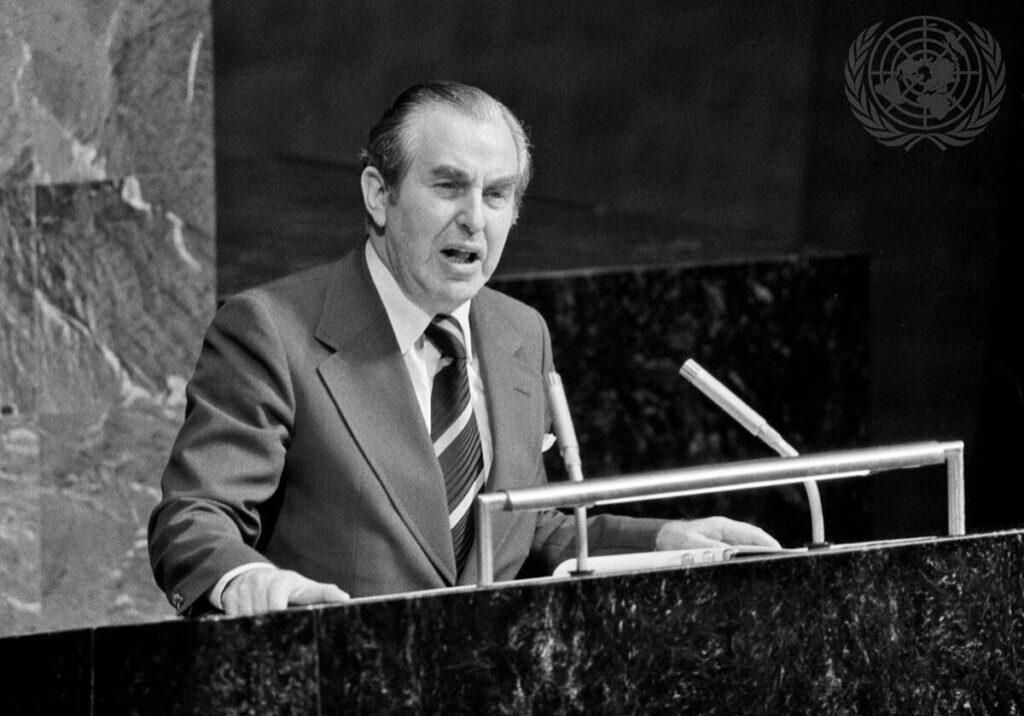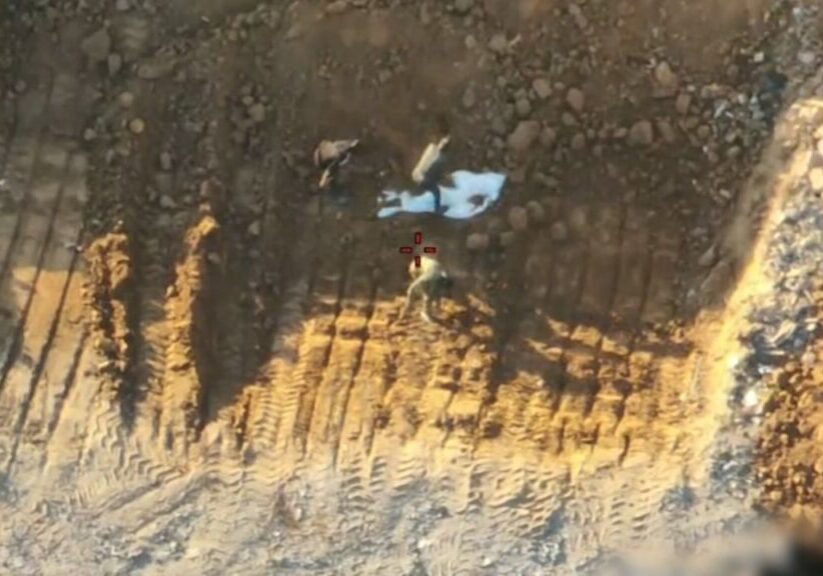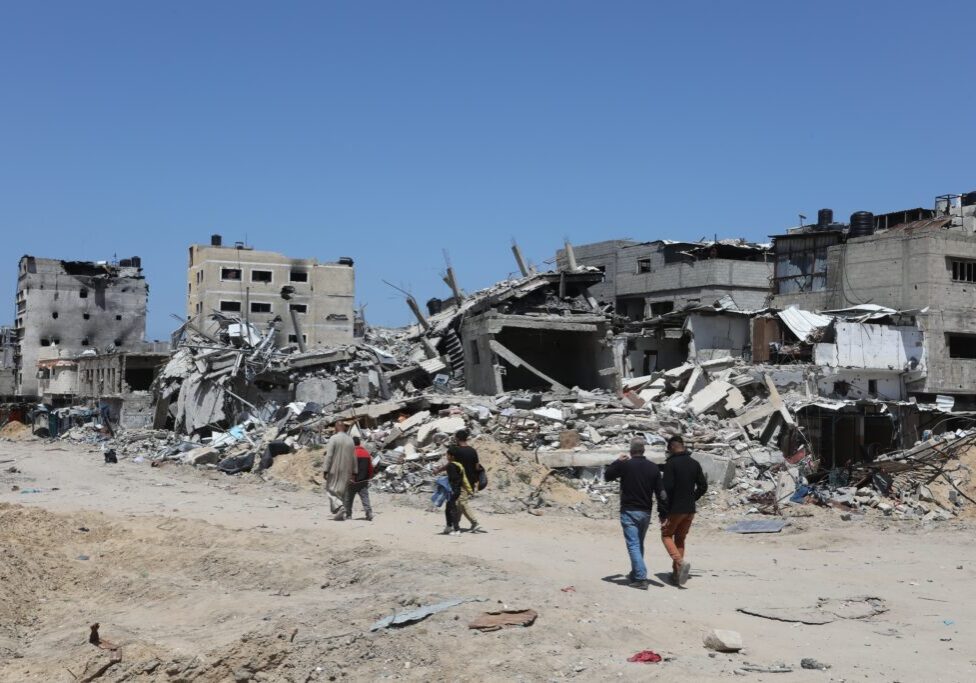Australia/Israel Review
Year of Decision?
Feb 1, 2008 | David Makovsky
By David Makovsky
US President George W. Bush’s recent visit to Israel and the Palestinian territories came six weeks after the Middle East peace conference in Annapolis. That parley marked the first time the United States did not mandate a purely sequential approach to the peace process. Instead, Washington now wants issues to be solved in parallel, with the implementation of past obligations occurring simultaneously with final agreement on the core issues of Jerusalem, refugees, and security. Bush’s reiteration of this policy approach during his trip suggests that he has adopted US Secretary of State Condoleezza Rice’s peacemaking approach as his own.
Focus on Final Status
Secretary Rice believes that if the core issues were resolved, the Palestinians and Israelis would be motivated to fulfil their earlier obligations. She also believes that a new Palestinian election would provide a diplomatic breakthrough for Fatah, serving both as a referendum to achieve support for peace with Israel and as a means of politically reunifying Gaza and the West Bank. In contrast, without any success on the main issues, she believes that Palestinian and Israeli leaders will fear squandering their finite domestic political capital on lesser issues.
Consistent with Annapolis, Bush’s statements during his mid-January visit focused on the final-status issues, with less emphasis on Palestinian institution-building and terrorism. In unscripted remarks in Ramallah, Bush highlighted this changed focus, criticising his own past policy. He declared, “The past has just been empty words… I’m the only president [who has] really articulated a two-state solution so far. But just saying two states really doesn’t have much bearing until borders are defined, right of return issues are resolved, Jerusalem is understood, and common security measures are in place.”
But Bush also endorsed the Israeli view that even if these issues were resolved in 2008, a final agreement would “be subject to implementation of the [Quartet] Roadmap.” As such, the actual Palestinian state would not exist until the Palestinians improve their security and institutional performance – something that is called a “shelf” agreement. Some critics, however, question whether the international community would have the patience to implement statehood incrementally,with set benchmarks, once a diplomatic breakthrough is achieved.
Yet, Bush paid little attention to implementation issues. The mission of Quartet envoy Tony Blair regarding economic issues was largely ignored. And although the administration finally named someone to monitor developments on the ground – Lt. Gen. William Fraser, assistant to the chairman of the Joint Chiefs – the announcement was made in Washington instead of during the president’s trip to the region. US officials made clear that Fraser would not be making public statements about compliance, but instead will file reports directly to Rice. This makes it less likely that Israeli and Palestinian leaders will worry about being held accountable for non-performance, since Rice’s focus will be elsewhere – namely, on the main agreement.
Manoeuvrability in Bush Statements
Although Bush’s written statement in Jerusalem did not change US policy on the core issues, it was far more solicitous of Palestinian concerns than his public letter to then-Israeli Prime Minister Ariel Sharon on April 14, 2004. In that letter, Bush explicitly referred to Jewish settlements as “major Israeli population centres”. Now, he used the term “current realities”.
Regarding Palestinian refugees, Bush referred to “the establishment of a Palestinian state, and the settling of Palestinian refugees there, rather than in Israel” in the 2004 letter. Last week, however, he preferred language that did not explicitly state that refugees would not settle in Israel.
Bush also made a rare reference to Jerusalem without making any policy prescriptions, calling it a “tough issue”. His comments come on the heels of Rice’s reference to the Har Homa project in East Jerusalem as a “settlement”. It remains unclear how the administration defines its objections to construction in East Jerusalem, given that most Israelis do not see their presence there as settlements.
Bush’s language also indicates a potential return to some of former President Clinton’s old policies. For example, last week’s policy statement refers to “mutually agreed adjustments to the armistice lines of 1949,” reminiscent of the Clinton view that changes will have to occur on both sides of the pre-1967 borders. This idea, often called “land swaps”, has been accepted by top Israeli and Palestinian officials. Bush also suggested for the first time that the “current realities” – such as settlement blocs – need to be adjusted “to ensure that the Palestinian state is viable and contiguous”.
President Bush’s trip marked the first time that current policy on the Israeli-Palestinian issue was being directly identified with him, and not just with Rice. Last week, he publicly articulated the rationale of Rice’s planned shelf agreement, something that he had studiously avoided in the past. With the president’s already announced return to Israel in May to honour the country’s 60th birthday (and perhaps more visits to follow), and Rice’s many expected upcoming trips, US officials will be a constant presence in the region during 2008. These future visits are likely to sharpen US positions on the core issues while at the same time eschewing a precise US blueprint in order to avoid antagonising Israel.
For this strategy to work, Bush needs the Israeli and Palestinian leadership to see their main common enemy as Hamas, and to embrace the prospect of a successful peace process. Moreover, both publics must have reason to believe that realities on the ground are changing for the better. This prospect is complicated by the likelihood of spoiler attacks by Hamas, Israeli reprisals, and Rice’s apparent belief that changing the dynamics on the ground carries risks of recriminations among leaders. Meanwhile, political fallout from the Winograd Report and coalition threats over Jerusalem will test the durability of the Olmert government – and Bush’s chances for success.
David Makovsky is a senior fellow and director of the Project on the Middle East Peace Process at The Washington Institute for Near East Policy. © Washington Institute, reprinted by permission, all rights reserved.
Tags: Israel






